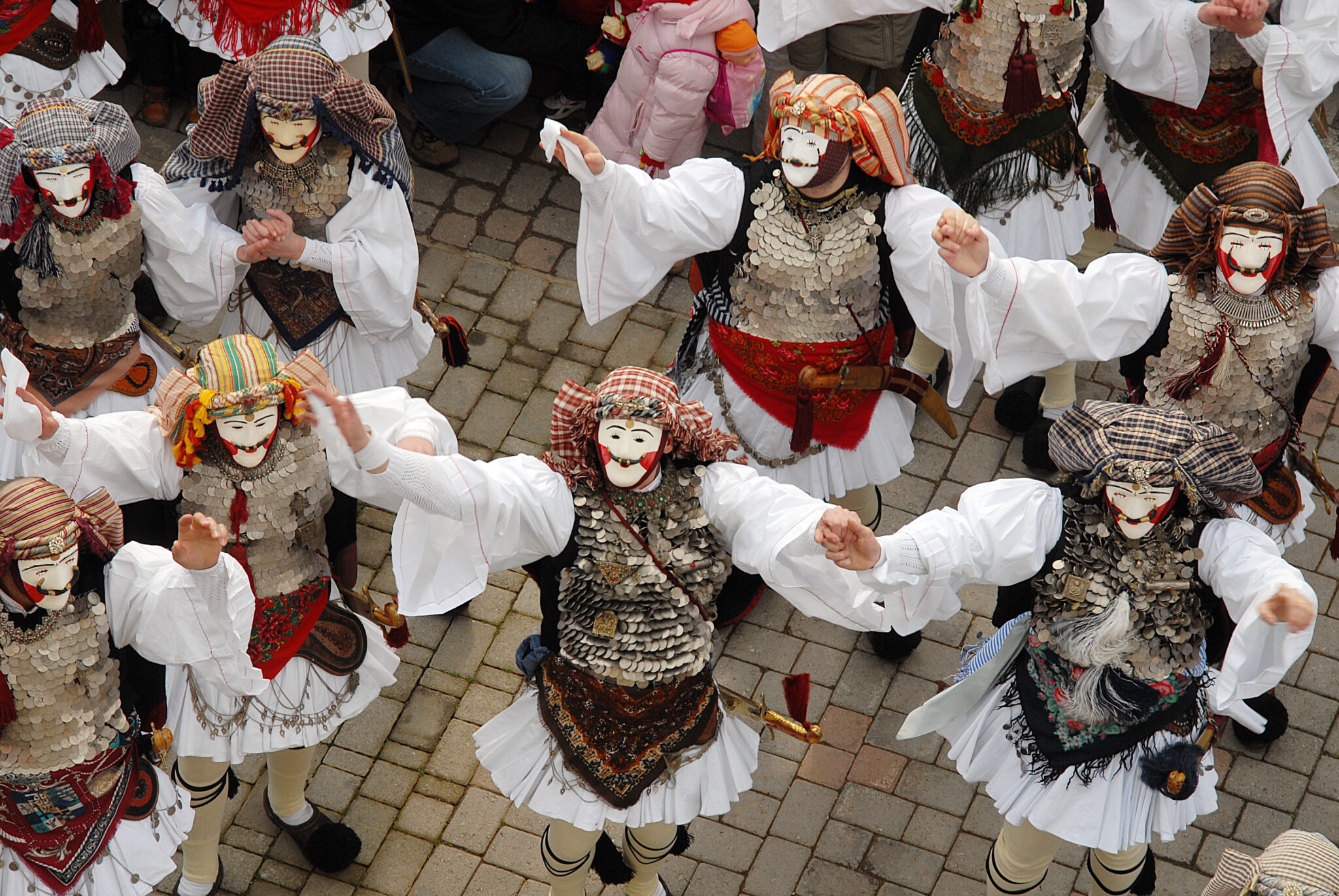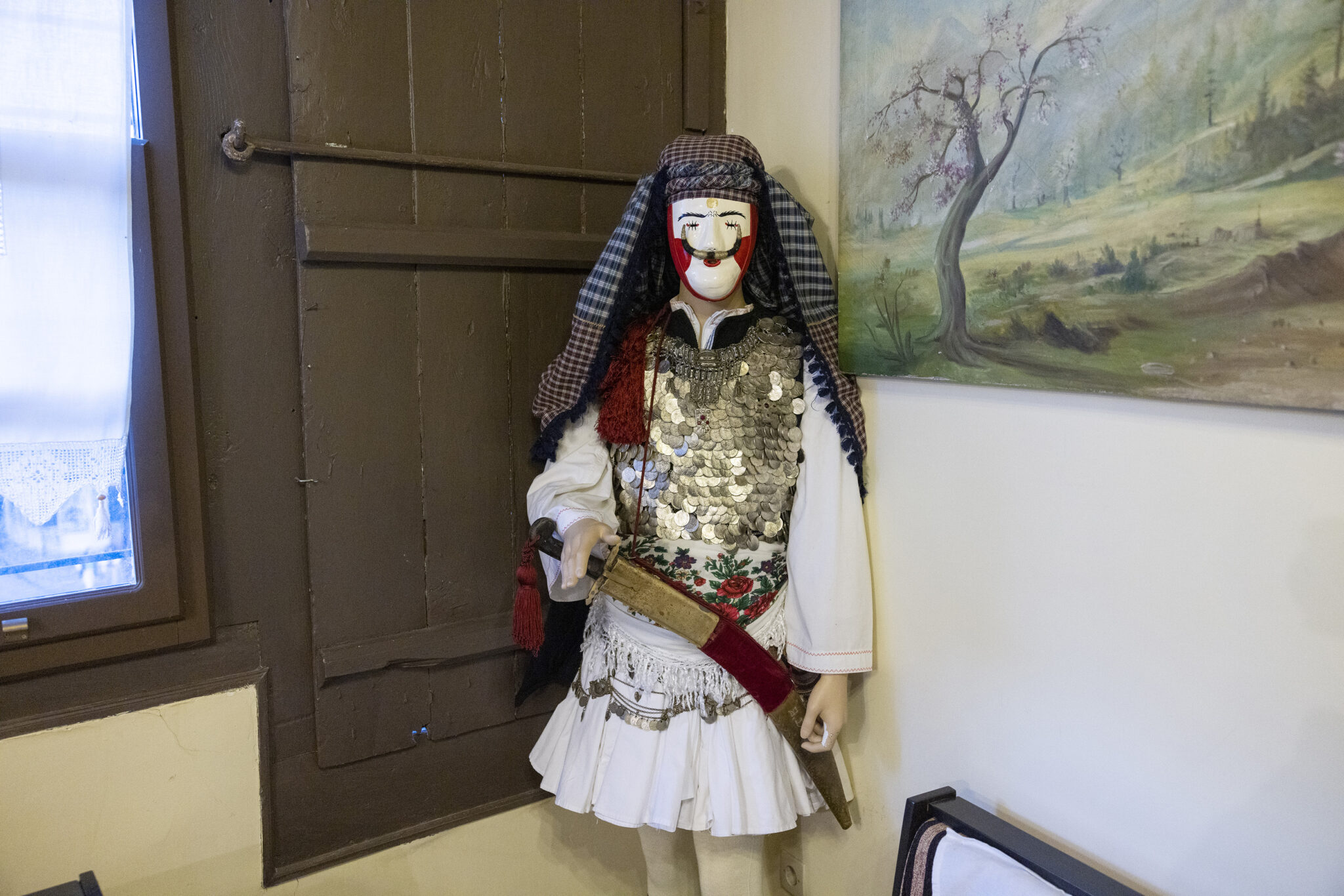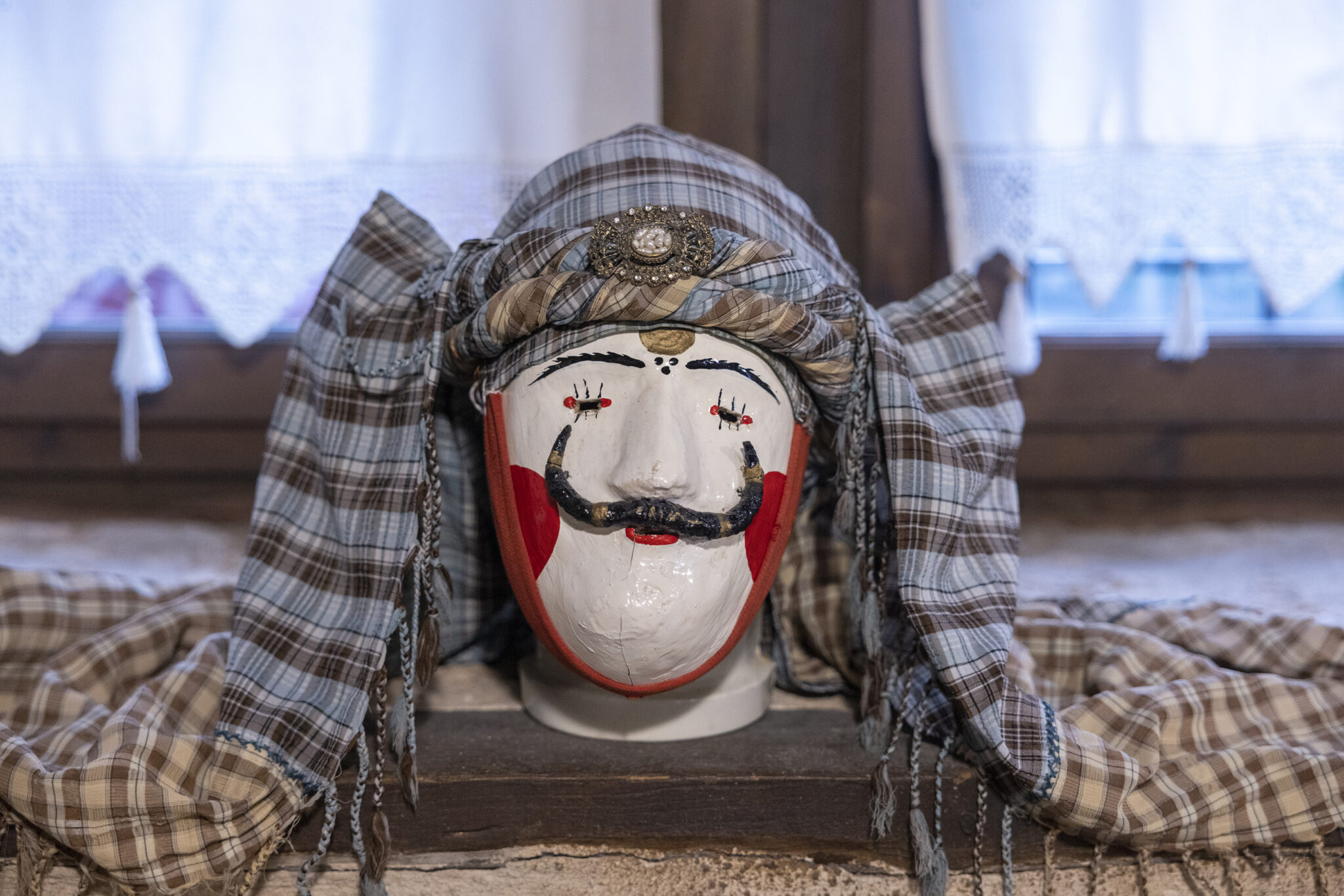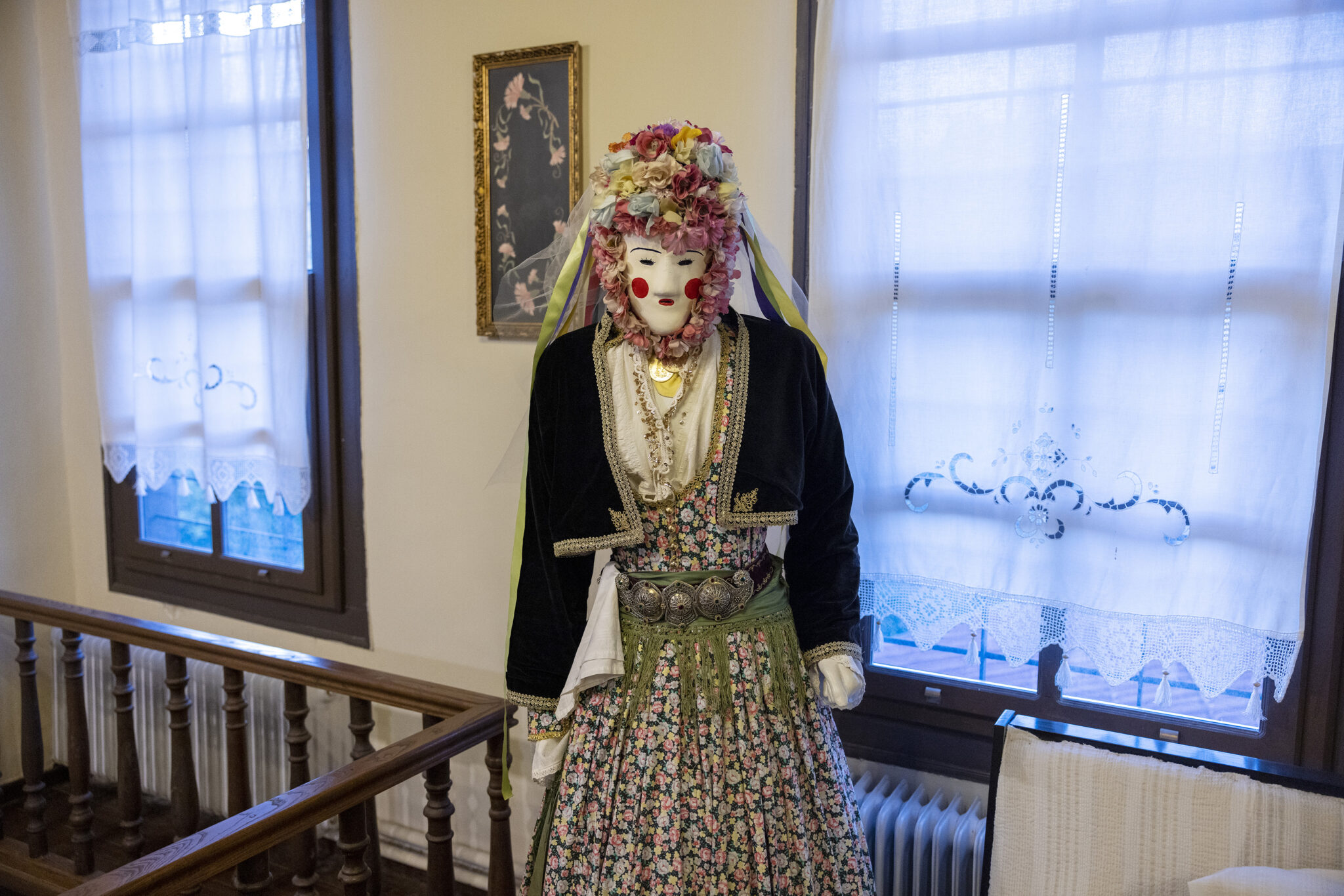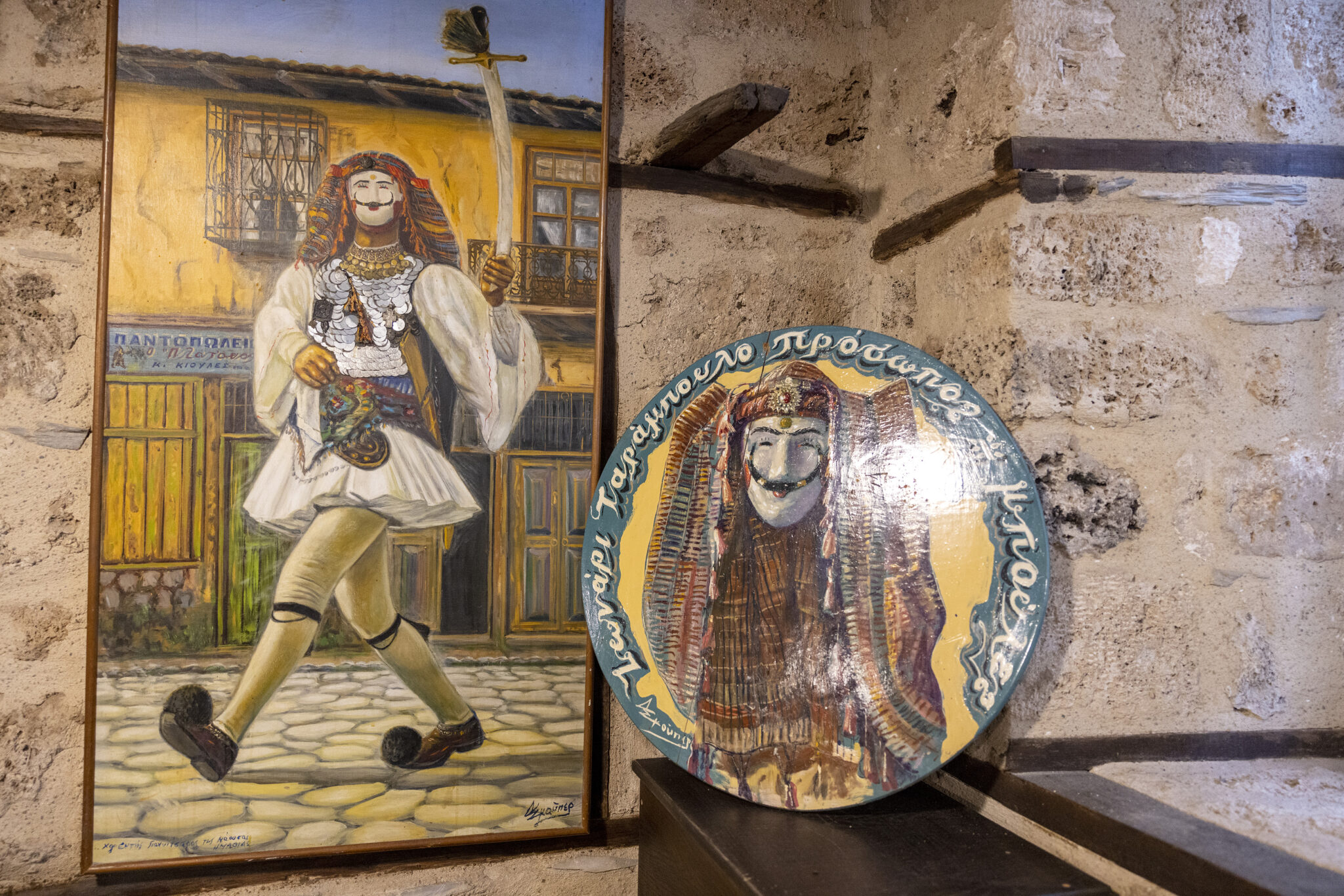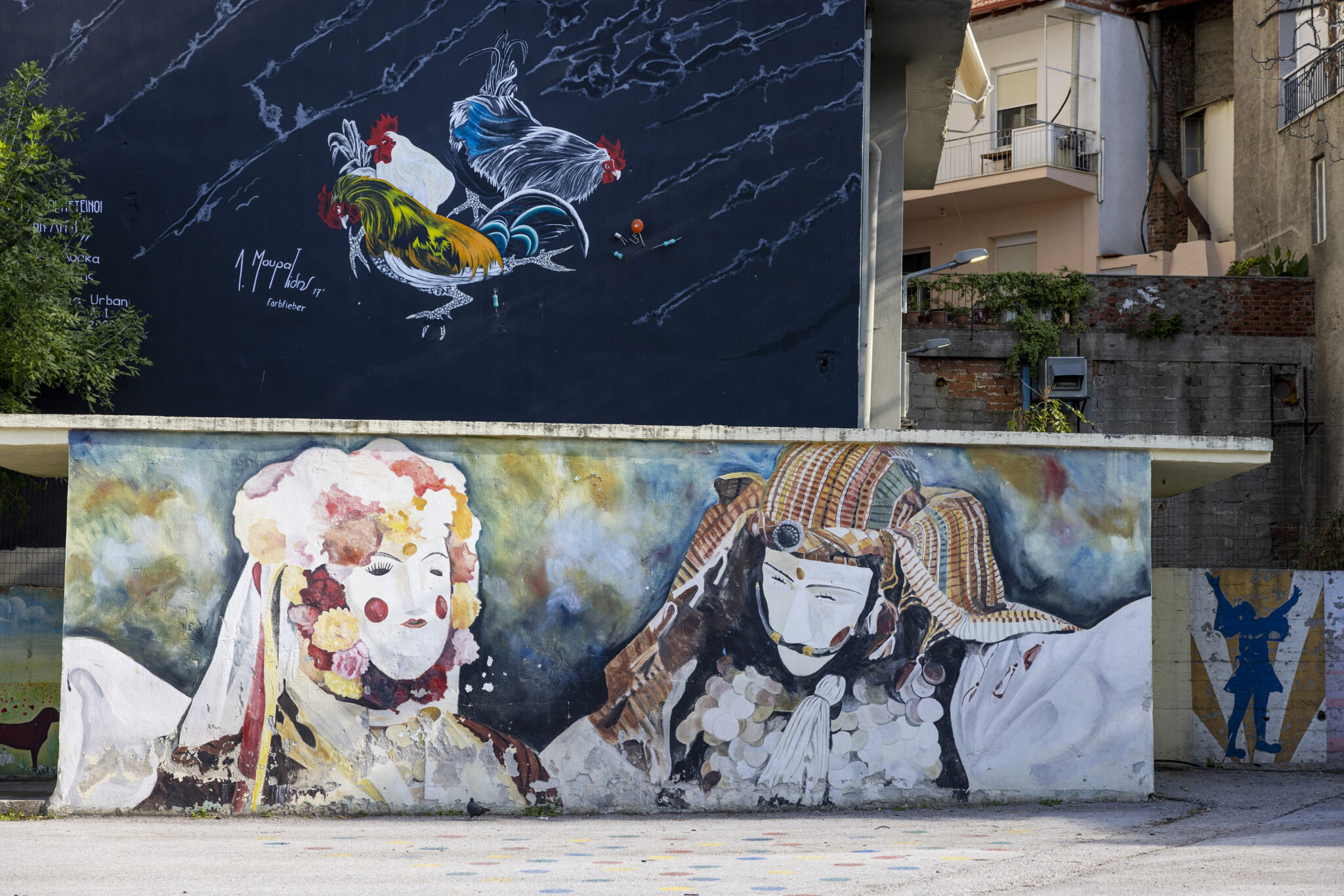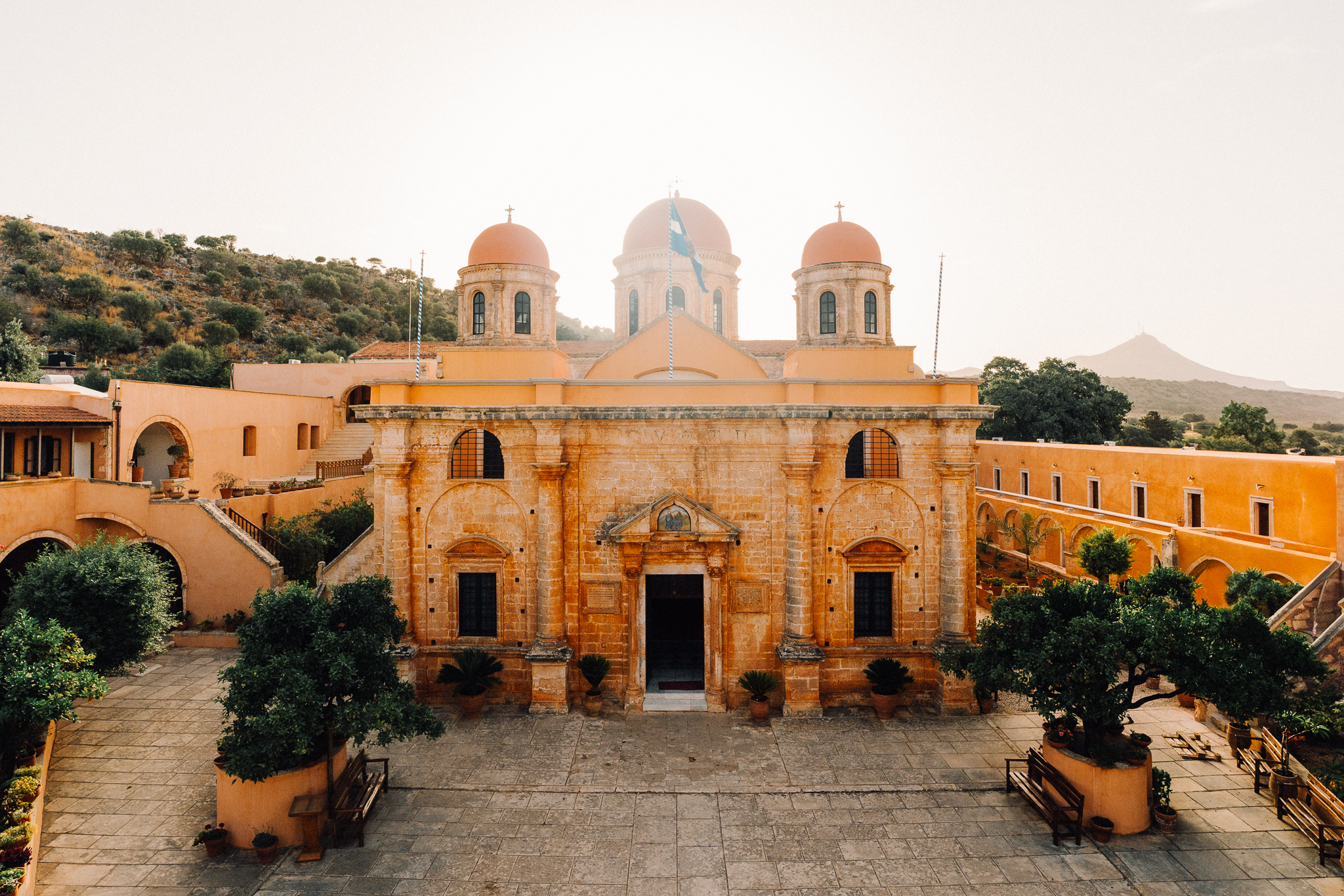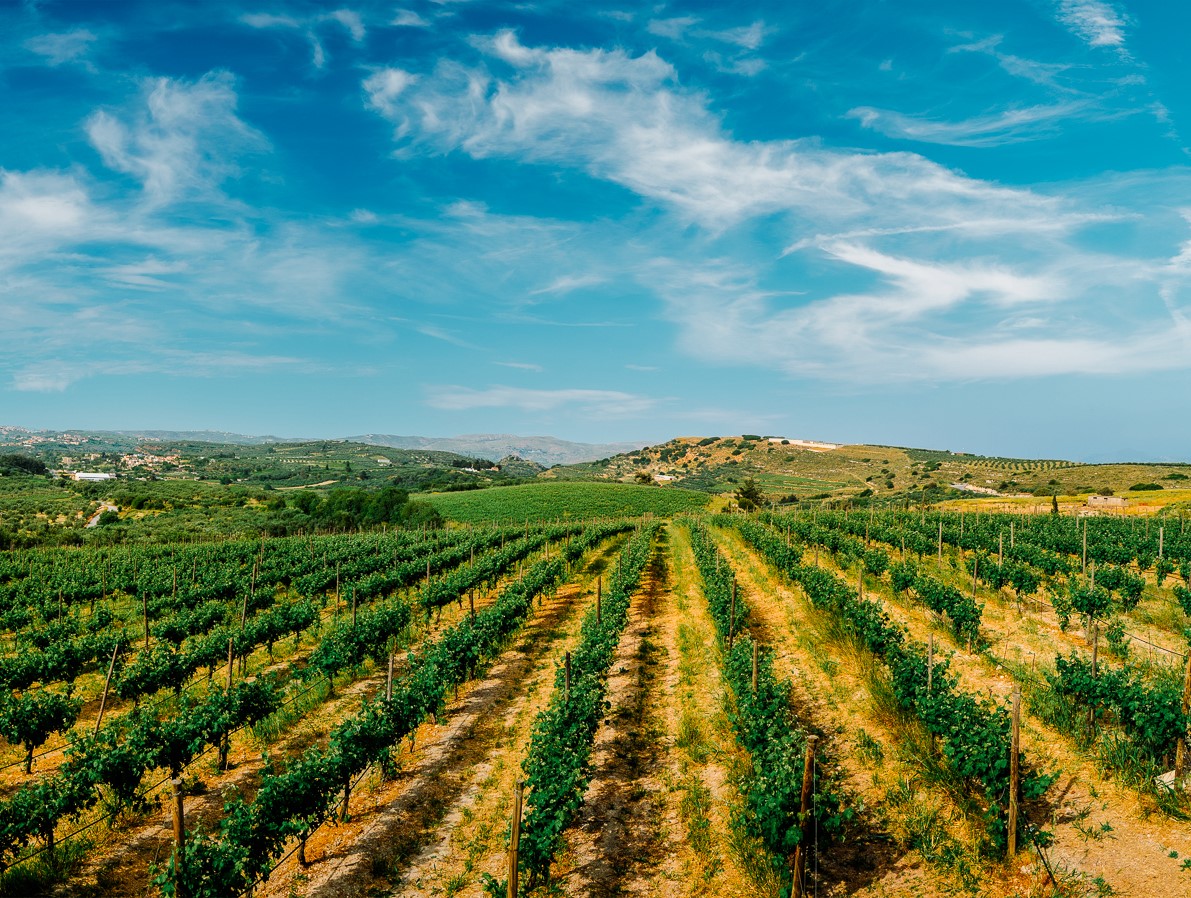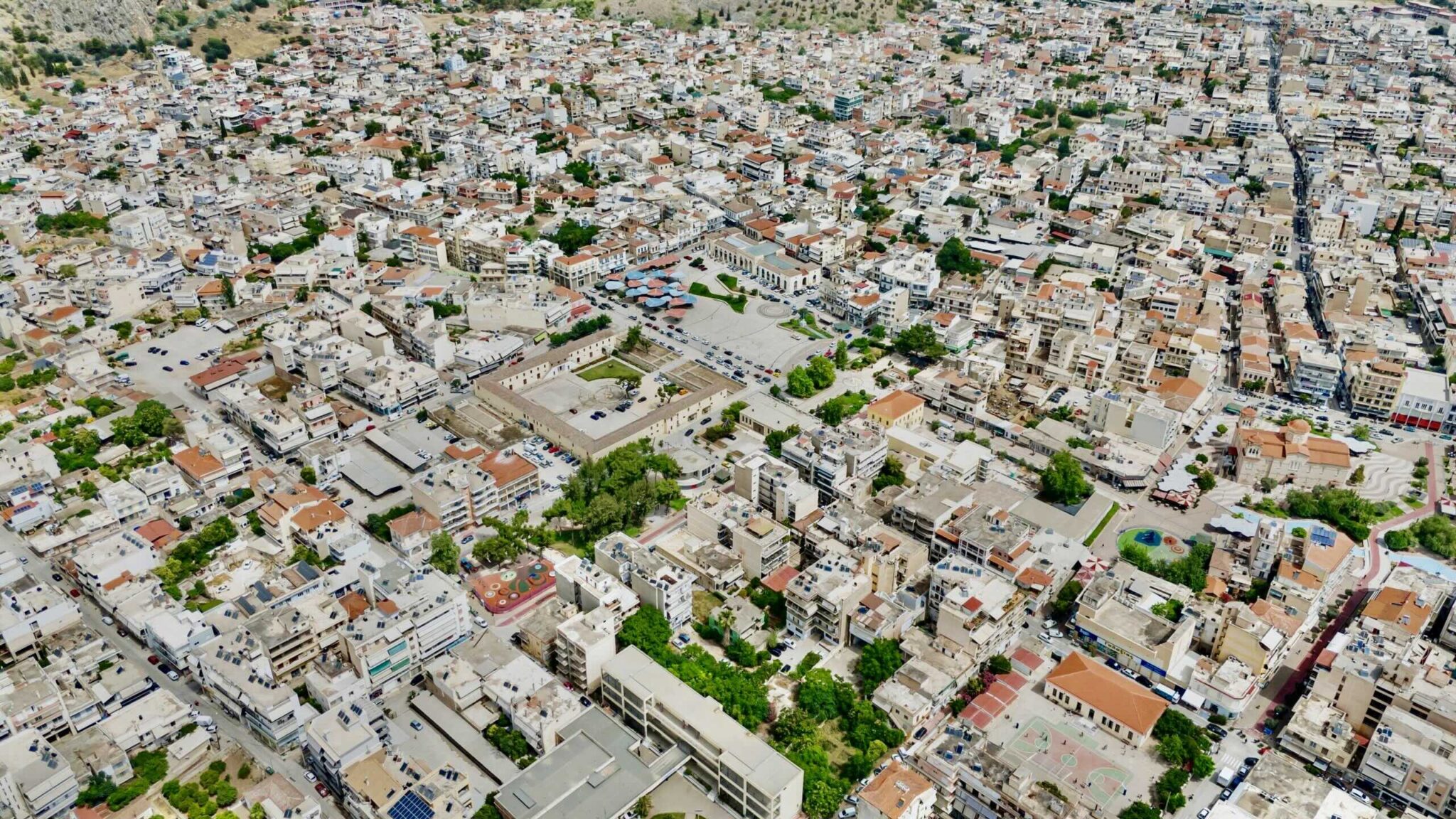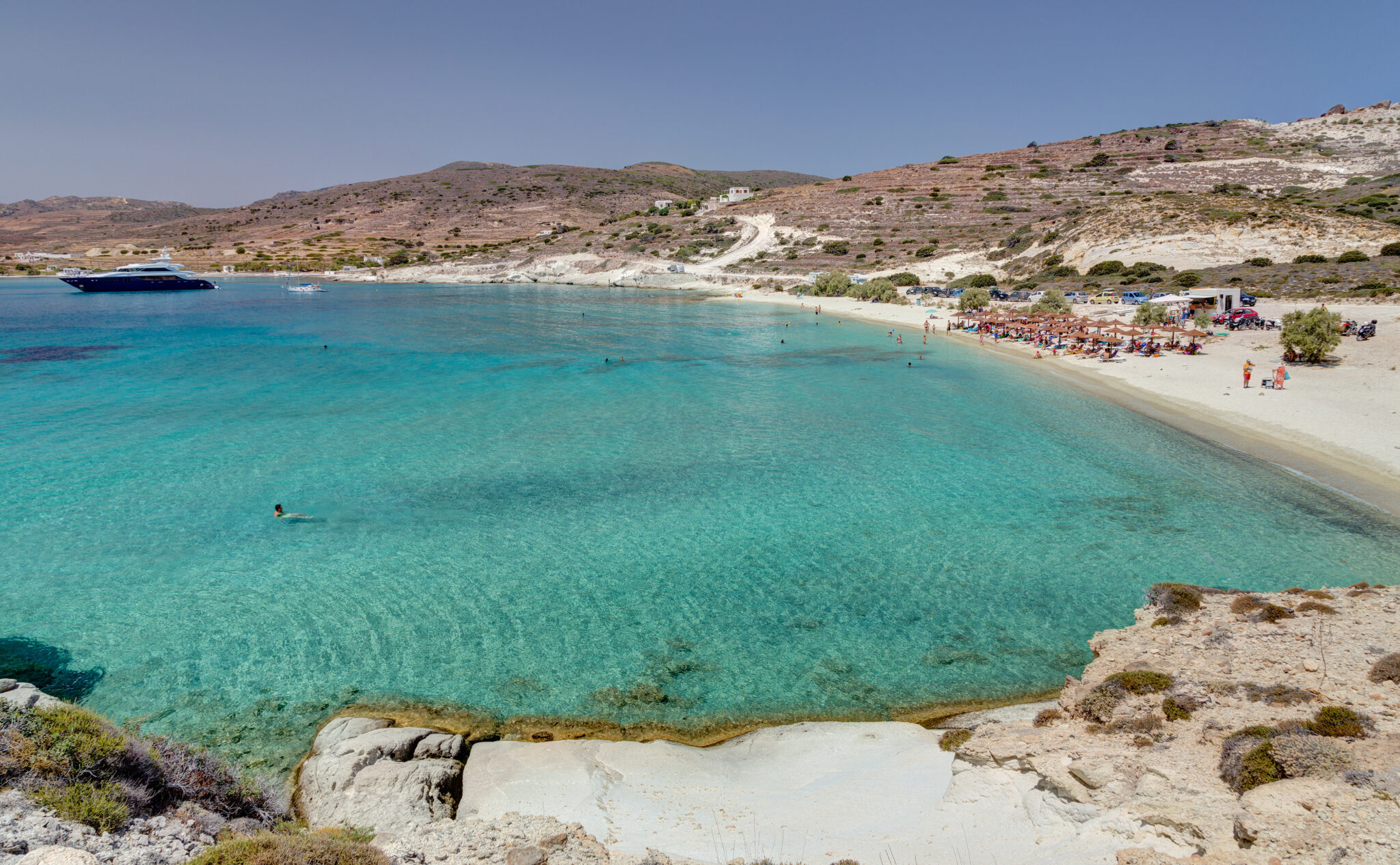The Carnival in Naousa are synonymous with days filled with tradition, history, and excitement with the residents closely following the ancient custom “Genitsaroi and Boulas”. A traditional event that takes place on the two Sundays of carnival, carried out by the city’s young bachelors who observe the custom every year and keep this tradition alive.
In 1705 the Ottoman occupiers tried to draft the Naosian youth into their army. They resisted and killed the representative sent by the Sultan on the days of ‘Apokries‘ carnival. As a result, the youths fled like thieves to the mountains and were hunted down and killed by the Turks.
In 1706, on these very days instead of mourning their loss, the young men of Naousa donned their Armatole uniform and a face mask known as “Prosopo” to conceal their identity from the Turks. They also hung silver medallions on their chest as a form of protection (a form of chain mail). With this disguise, they returned to the city, reenacting the events of 1705.
This tradition dates back to antiquity and has its roots in the worship of the god Dionysus. A characteristic of this custom is the traditional attire of the “Genitsaros and Boula“, but the “Prosopo” (face mask) worn by the “Genitsaros” is what truly leaves a lasting impression. The white color of the Prosopo represents death, while the red symbolizes resurrection.
The “Taramboulo“, or the four-meter-long handkerchief worn along with the Prosopo, represents the shroud that wraps the deceased. The mustache designed on their face is upright, signifying the Naousians’ defiance against the Turks, and the broach symbolizes the coin for the boatman who transports the soul to the afterlife.
“When the resistance fighters wanted to descend from the mountain and enter the city to visit their kin and stock up on necessary supplies, they would dress up as “Genitsaroi”. It was crucial not to be recognized, so they wore the “Prosopo” and to show their peaceful intentions, the entire group would go to the town hall dressed as “Genitsaroi” and wearing their “Prosopo” with their leader at the forefront. The role of the leader was to negotiate with the “Mountiris” the governor and he was the only one who uncovered his face and confirmed on behalf of the group that they were Nausaians and had come with friendly intentions for a few days before returning to the mountain.
Within the group was always a “Boula,” or bride (who was always a man dressed as a woman), who symbolized joy and a friendly disposition. S/he served drinks to the leaders.
Today, the tradition is celebrated every year on the two Sundays of Carnival. The tradition begins early in the morning with a farewell from their mothers as if it was the last time they would see them, as there was a belief that whoever left would not return alive. They continue their procession with the children leading the way, playing the bouzouki and at the end, the “zournas” a type of oboe, and “daouli” a type of drum, play death music. During the procession to the city hall, no one dances and when the bouzouki players arrive, a prayer is made and the leader goes forth to ask permission from the mayor for the group to enact the tradition.
The two shake hands and the dancing begins in the city’s streets. When different groups meet at different neighbourhoods, they set up a dance with the leader from that neighborhood as a way for the group to be recognised and pass through continuing the revelry. The traditional celebration is completed in the evening at the central Alonion Square with the unveiling, where the “Genitsaroi” and the “Boulas” take off their masks and then dance until the early hours of the morning.
The feisty festivities continue on Ash Monday, following the same routes with music, abundant food and flowing wine freely for all.
Read also
Delphi: Your Journey to the Centre of the World
Exploring Rethymno the Third Largest City in Crete
Corfu Insights: Explore this Ionian Island with Local Experts



